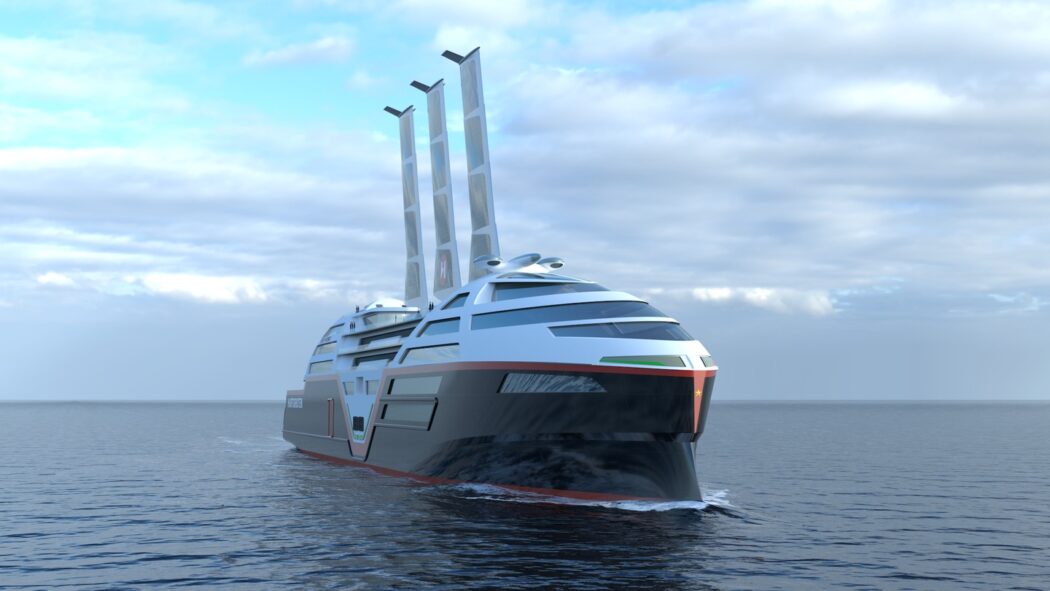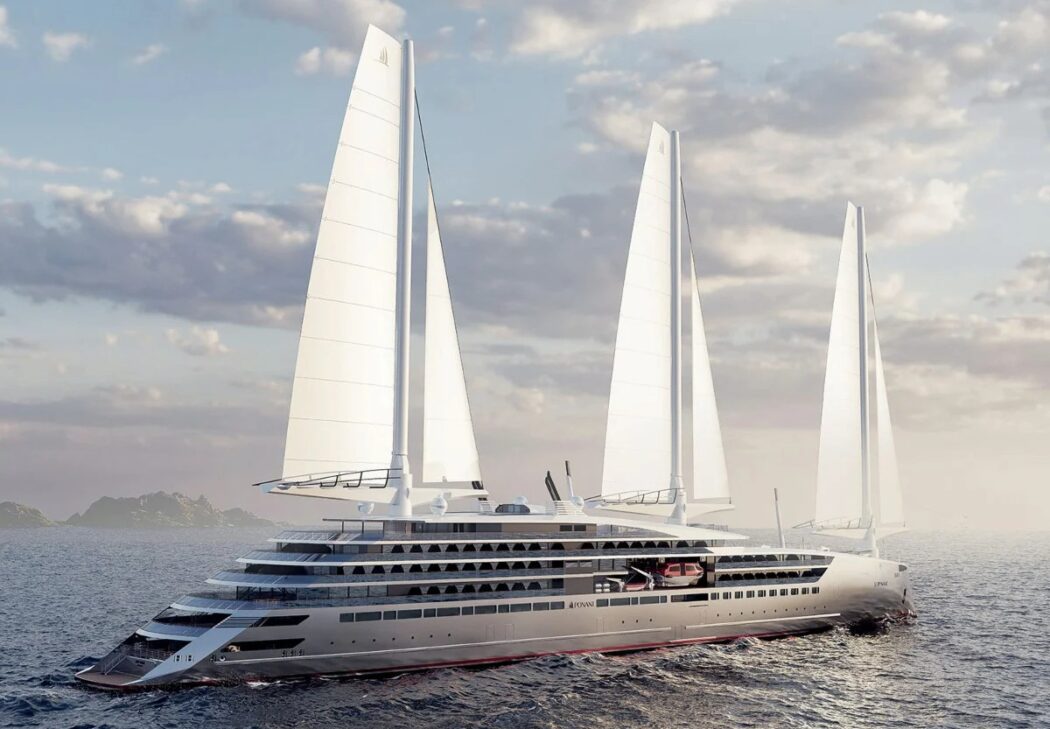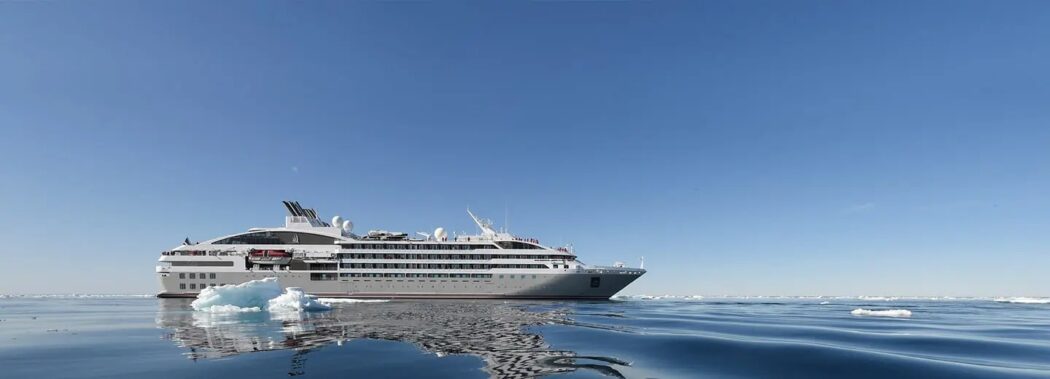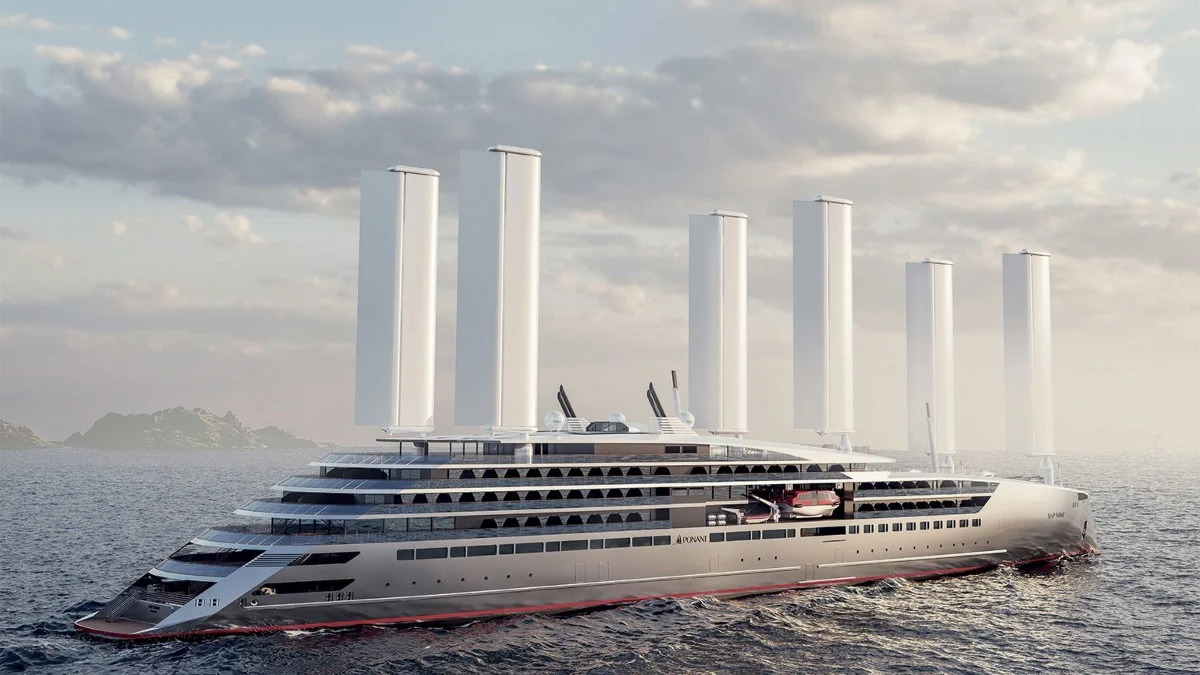In an era where skepticism lingers about the widespread adoption of sustainable practices across diverse industries, a notable shift is occurring beyond the automotive sector. No longer confined to the domain of emission-free platforms in automotive innovation, shipyards are increasingly delving into the realm of eco-friendly energy sources for their upcoming projects. The Swap2Zero initiative, recently unveiled by Ponant, stands as the latest manifestation of this transformative trend.

Traditionally, vessels with green credentials have been tailored to a niche clientele seeking ownership of yachts with minimal carbon footprints. Prevailing proposals in this domain have often centered around the integration of solar panels, a choice that reflects the contemporary emphasis on renewable energy. However, the efficiency constraints of modern photovoltaic technology have prompted a search for alternative approaches.
Against this backdrop, Ponant, a prominent French cruise company, has emerged with the Swap2Zero initiative, aligning itself with a growing cohort of maritime entities committed to preserving the purity of the seas and the atmosphere. This move comes in the wake of similar commitments by other industry players, such as Explora Journeys, which aspires to transition its fleet to liquid hydrogen by 2028, and Hurtigruten, envisioning an all-electric passenger ship by 2030. The Swap2Zero initiative distinguishes itself by combining solar and wind energy to power maritime navigation.

In a collaborative effort with Stirling Design International and other industry leaders, Ponant is poised to redefine sea travel through the Swap2Zero cruise liner, slated for launch before 2030. The concept vessel, with an impressive length of 594 feet, contemplates the incorporation of innovative features such as Ayro’s Oceanwings or a Solid Sail configuration, anticipated to contribute approximately 50% of the vessel’s propulsion.
Augmenting its reliance on wind power, the Swap2Zero vessel is set to harness the sun’s energy through an extensive array of over 10,000 square feet of solar panels. To address the energy demands of the vessel’s hotel load, Ponant envisions a high-temperature hydrogen fuel cell system. In a dual-pronged approach, a low-temperature hydrogen fuel cell will also contribute to additional propulsion.
Beyond catering to conventional passengers, the Swap2Zero initiative integrates a research dimension, accommodating scientists on board to conduct experiments focused on sustainability. This multifaceted strategy not only positions Ponant as a pioneer in eco-conscious maritime initiatives but also underscores a broader industry shift towards comprehensive and integrated sustainable solutions.

As maritime stakeholders increasingly recognize the imperative of minimizing environmental impact, initiatives like Swap2Zero signal a paradigm shift in the design and operation of vessels. Ponant’s ambitious venture serves as a testament to the industry’s commitment to embracing innovative technologies and collaborative partnerships to pave the way for a more sustainable future for sea travel. In this evolving landscape, the Swap2Zero initiative stands as a beacon of progress, pointing towards a future where eco-friendly practices seamlessly integrate into the fabric of maritime exploration.



